Stunning Holly Companion Plants That Will
Stunning Holly Companion Plants That Will Enhance Your Landscape
Hollies are a popular choice for landscaping because they are evergreen, provide year-round interest, and can be grown in a variety of conditions. However, holly plants can sometimes look a bit bare, especially in the winter months. That's where companion planting comes in.
Companion planting is the practice of planting different types of plants together in order to enhance their beauty and/or functionality. When choosing companion plants for holly, there are a few things to keep in mind. First, you want to choose plants that have similar growing conditions. Holly plants prefer partial shade and well-drained soil. Second, you want to choose plants that have different textures and colors. This will help to create a more visually interesting landscape.
Here are a few of the best holly companion plants:
- Boxwood: Boxwood is another evergreen shrub that is similar in size and shape to holly. It has glossy, dark green leaves that provide year-round contrast to the holly's berries. Boxwood is also a low-maintenance plant, making it a good choice for busy gardeners.
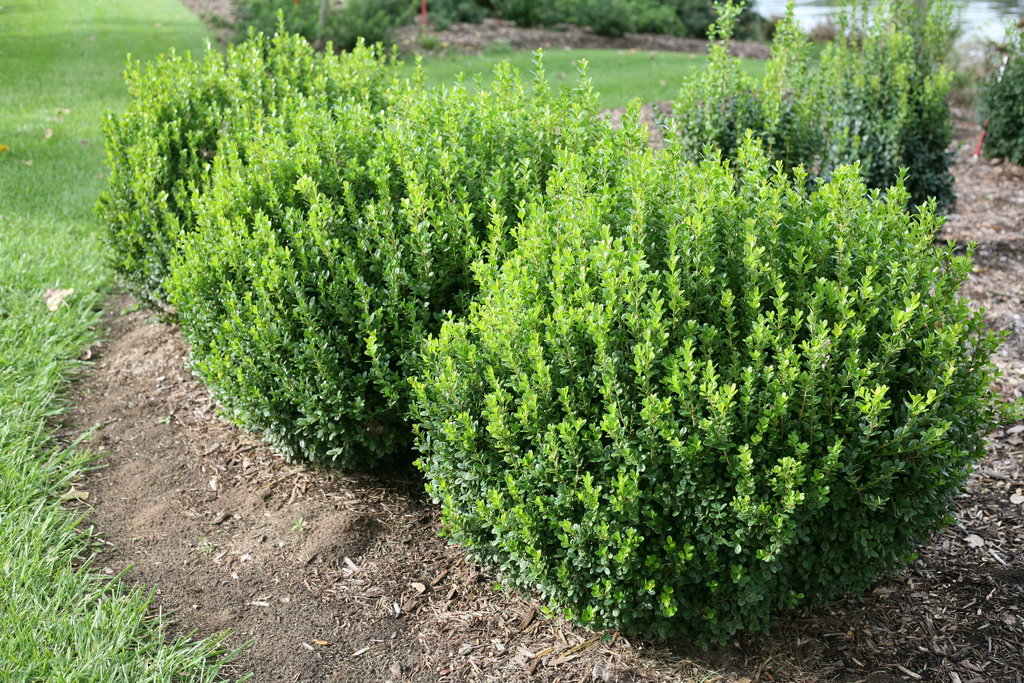
- Viburnum: Viburnum is a flowering shrub that comes in a variety of colors, including white, pink, and blue. It blooms in the spring and early summer, adding a splash of color to the landscape. Viburnum is also a relatively low-maintenance plant.
- Clematis: Clematis is a vine that can be trained to climb over holly shrubs. It blooms in the spring and summer with showy flowers in a variety of colors. Clematis is a bit more demanding than some of the other companion plants on this list, but it is well worth the effort.
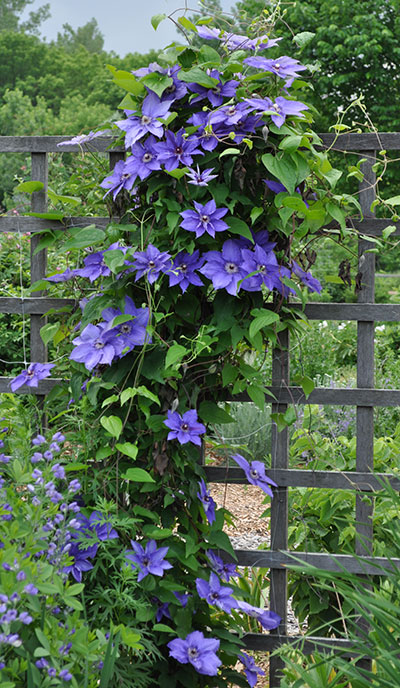
- Hydrangea: Hydrangeas are flowering shrubs that come in a variety of colors, including blue, pink, and white. They bloom in the summer and fall. Hydrangeas prefer slightly acidic soil, so be sure to amend your soil if necessary.
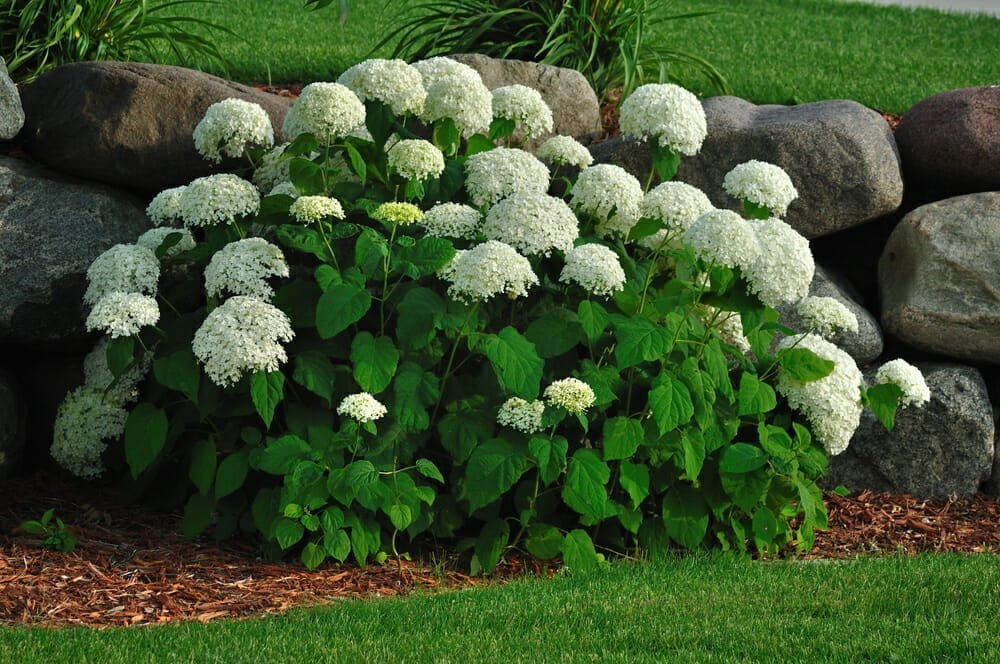
- Rhododendron: Rhododendrons are flowering shrubs that come in a variety of colors, including pink, purple, and white. They bloom in the spring. Rhododendrons prefer acidic soil, so be sure to amend your soil if necessary.

These are just a few of the many companion plants that can be grown with holly. When choosing companion plants, it is important to consider the size, shape, texture, and color of the plants. You also want to make sure that the plants have similar growing conditions. With a little planning, you can create a stunning landscape that features holly and its companion plants.
Holly bushes are a popular choice for landscaping, but they can look a bit bare on their own. If you're looking to add some color and interest to your holly planting, consider companion plants. Companion plants are those that grow well together and complement each other's appearance.
There are many different companion plants that can be paired with holly bushes. Some popular options include:
- Boxwood: Boxwood is another evergreen shrub that is similar in size and shape to holly. It has dark green foliage that provides year-round interest. Gardenia Inspiration
- Viburnum: Viburnum is a flowering shrub that comes in a variety of colors, including white, pink, and purple. It blooms in the spring and summer, and its flowers attract butterflies and other pollinators.
- Clematis: Clematis is a climbing vine that can be trained to grow up and over holly bushes. It has beautiful flowers in a variety of colors, including blue, purple, and white.
- Hydrangea: Hydrangea is a flowering shrub that comes in a variety of sizes and colors. It blooms in the summer and fall, and its flowers can be blue, pink, or white.
- Rhododendron: Rhododendron is an evergreen shrub that has beautiful flowers in a variety of colors, including red, pink, and purple. It blooms in the spring.
When choosing companion plants for holly bushes, it's important to consider the size, shape, and color of the plants. You want to choose plants that will complement each other and create a visually appealing arrangement. You also want to make sure that the plants have similar growing conditions.
For more information about holly companion plants, please visit Gardenia Inspiration. This website has a comprehensive list of companion plants that can be paired with holly bushes, as well as information on how to choose the right plants for your specific needs.
FAQ of holly companion plants
- What are holly companion plants?
Holly companion plants are other plants that can be planted near holly trees or shrubs to create a beautiful and harmonious landscape. Some good companion plants for holly include evergreens such as arborvitae, juniper, and pine, as well as flowering plants such as azalea, rhododendron, and camellia.
- What are the benefits of planting holly companion plants?
There are several benefits to planting holly companion plants. First, they can help to attract pollinators such as bees and butterflies, which can help to improve the health of your holly trees or shrubs. Second, companion plants can help to provide shade and shelter for holly, which can help to protect it from pests and diseases. Third, companion plants can help to add interest and variety to your landscape.
- What are some things to consider when choosing holly companion plants?
There are a few things to consider when choosing holly companion plants. First, you need to make sure that the companion plants will thrive in the same conditions as your holly trees or shrubs. Second, you need to consider the size and growth habit of the companion plants. You don't want to plant a companion plant that will eventually outgrow your holly and overshadow it. Third, you need to consider the aesthetic appeal of the companion plants. You want to choose plants that will complement the look of your holly trees or shrubs.
- How far apart should holly companion plants be planted?
The spacing between holly companion plants will depend on the size and growth habit of the plants. For small, compact plants, you can space them 2-3 feet apart. For larger, more spreading plants, you may need to space them 5-6 feet apart.
- How do I care for holly companion plants?
The care requirements for holly companion plants will vary depending on the type of plant. However, most companion plants will need regular watering, especially during the first year after planting. They may also need to be fertilized once or twice a year.
Image of holly companion plants
5 different images of holly companion plants:
- Azalea: Azaleas and hollies are both evergreen plants that can thrive in similar conditions. They both prefer partial shade and moist, well-drained soil. Azalea's colorful flowers will bloom in spring and summer, providing a pop of color to your garden.
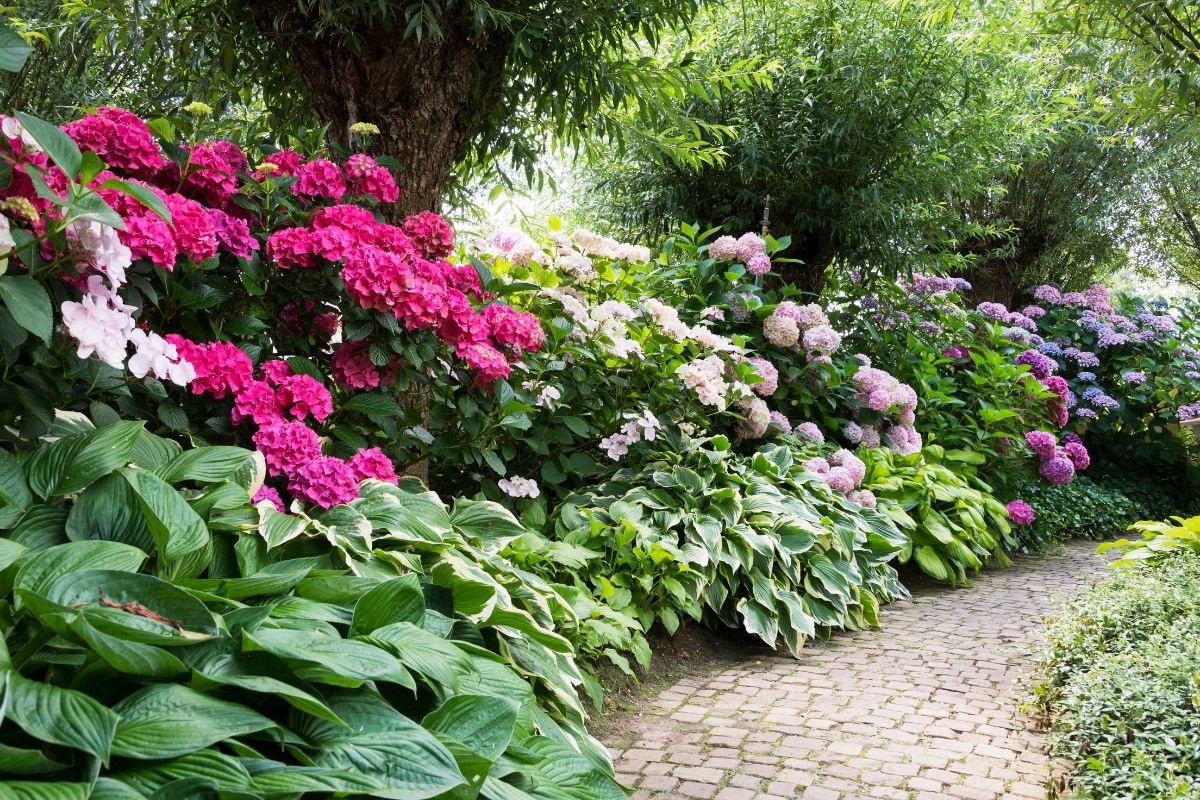
- Clematis: Clematis is a vine that can be trained to climb over or through a holly bush. The clematis flowers will bloom in late spring or early summer, and the holly leaves will provide a backdrop for the flowers.
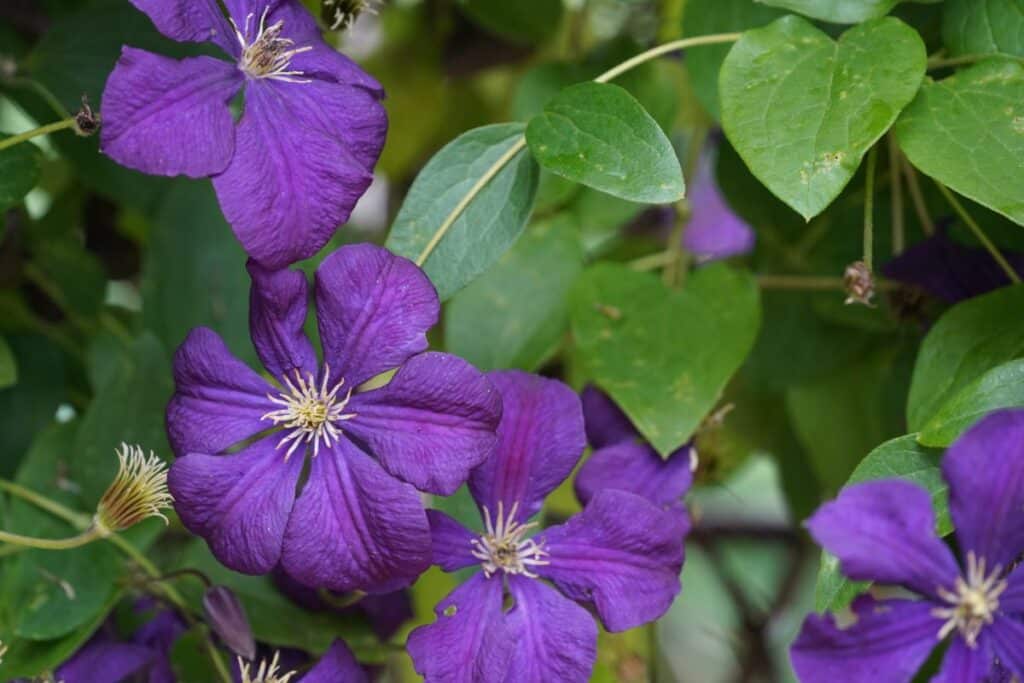
- Heather: Heather is a low-growing shrub that can be planted in front of a holly bush. The heather's blooms will come in a variety of colors, and they will bloom in late summer or early fall.

- Hosta: Hostas are shade-loving plants that can be planted under a holly bush. The hostas' large leaves will provide a contrast to the holly's small leaves.

- Yew: Yew is another evergreen plant that can be planted with holly. Yew's sharp needles will provide a bit of a contrast to the holly's smooth leaves.

Post a Comment for " Stunning Holly Companion Plants That Will"